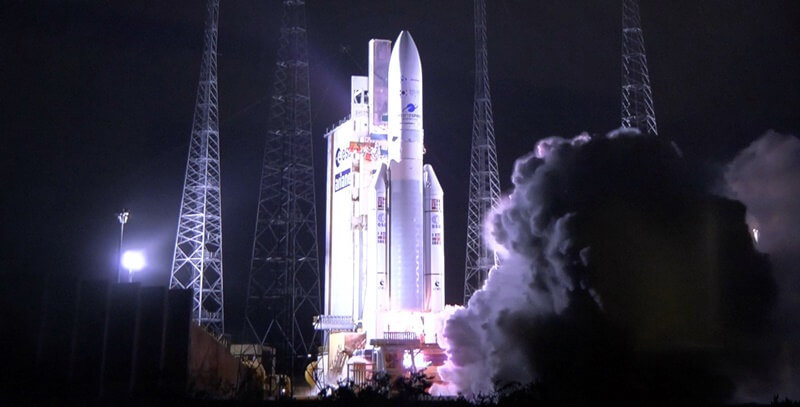South Korea’s science ministry announced on Monday that it would invest 211.5 billion won ($171.6 million) into development of local production of space parts. The ministry hopes that the capital injection would help the country’s localization of highly technological components for satellites and space launchers.
The Ministry of Science and ICT revealed its “Space Pioneer” research project that passed a feasibility study on Monday. The project, with an approved investment of 211.5 billion won ($171.6 million), aims to achieve a localization rate of 97 percent.
The ministry provided around 137.5 billion won ($112.3 million) in the satellite segment, and 58 billion won ($47.4 million) for technologies involving launch vehicles. According to the government, Space Pioneer is a 10-year project that would start in 2021.
South Korea’s space program saw slow progress as it still needs to import a great deal of parts and components for the production of satellites and launch vehicles. Other countries reluctance to transfer core technologies resulted to South Korea’s dependence on imported parts. The reliance also entailed a lot of investment in the recent years.
Korean Space Program Projects
In 2012, the country locally produced 64 percent of the parts used to make a multi-purpose satellite, while the remaining 36 percent came from other countries. South Korea produced 65 percent of parts and components for the current satellite development project.
The first South Korean-made booster engine in November 2018 for a three-stage rocket called Korea Space Launch Vehicle-2 (KSLV-2) or Nuri, successfully launched and showed a promising performance. By 2019, engineers produced the prototype for full-size propellant tanks mounted on the first stage of Nuri.
Last February, one of the country’s domestic geostationary communication satellites, Cheollian 2B, went into orbit to collect and monitor marine and atmospheric environmental data around the Korean Peninsula. The Ariane 5ECA carrier rocket carried the satellite lifting off from the Guiana Space Center located in a region of France in South America.







